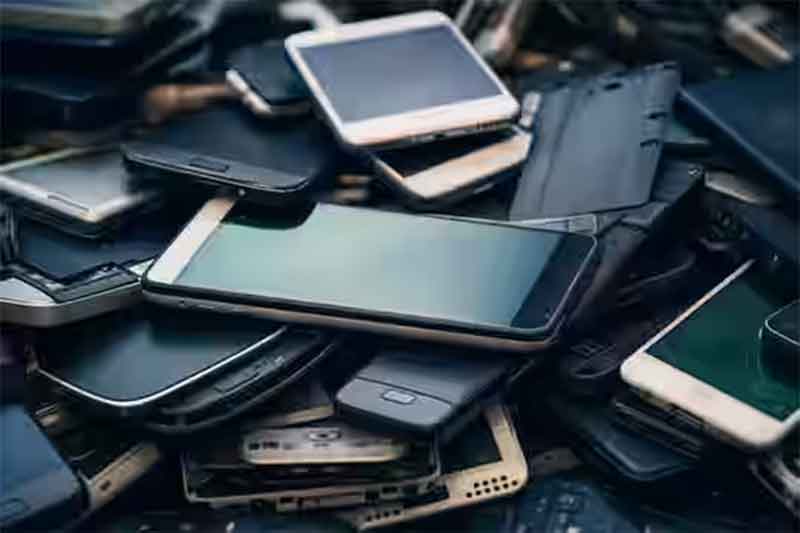Every few months, a new mobile device promises faster speed, sharper cameras, and sleeker design — and quietly turns the old one into waste. In India, where technology is both a symbol of aspiration and an instrument of survival, the life cycle of a phone mirrors the country’s own contradictions: dazzling innovation shadowed by silent discard. The story of mobile scrapping is not merely about waste management — it is about how we value progress, labour, and the unseen costs of convenience.
India now ranks among the world’s largest consumers of smartphones, with millions of users upgrading each year. But the afterlife of these devices unfolds far from the glossy showrooms — in dark, airless workshops where discarded phones are stripped for parts by bare hands. The metals extracted — gold, cobalt, copper — are precious, but the cost is human. Workers, often children, inhale fumes from melted circuits; rivers near these informal units run black with chemical residue. The country’s digital revolution, for all its triumphs, rests partly on these invisible ruins.
The government’s push for formal e-waste recycling through mobile scrapping policies is an overdue step toward accountability. Properly implemented, it could turn waste into wealth — reclaiming valuable materials, creating green jobs, and reducing dependence on destructive mining. A single tonne of discarded smartphones can yield more gold than a tonne of ore. Yet the gap between policy and practice remains vast. Awareness of scrapping programs is limited, recycling facilities are few, and the informal sector — which handles nearly 90 percent of India’s e-waste — operates beyond regulation, in conditions that mock the idea of “green economy.”
The question is not whether mobile scrapping can work, but who it will work for. If formal systems simply replace the informal, millions of livelihoods could vanish overnight. The workers in Delhi’s Seelampur or Moradabad’s back alleys are not criminals but custodians of circularity — recycling long before the term became fashionable. Their inclusion, training, and protection are essential if India is to build a humane recycling ecosystem. To erase them from the narrative would be to purify the air by suffocating the very people who clean it.
There is also a quieter crisis beneath the environmental one — the moral fatigue of consumption. The phone has become more than a tool; it is an extension of identity, a mirror of self-worth. To discard it is to discard a piece of the self, and yet we do it with ritual regularity, seduced by the promise of “new.” Scrapping, in this sense, is not just about recycling metals — it is about rethinking modern desire. Can progress mean repair instead of replacement? Can aspiration coexist with restraint?
India’s vision of a circular economy and extended producer responsibility offers a framework, but the real transformation will depend on public imagination. If sustainability remains a bureaucratic slogan rather than a social ethic, the system will only shift the waste from streets to storage. The second life of our phones cannot begin until we confront our own first — the habits, hierarchies, and hungers that make obsolescence a way of life.
Every discarded device tells a story of connection and abandonment, of promise and exhaustion. In giving these machines a second life, India has a chance to reimagine its own — one where progress is not measured by how fast we replace, but how deeply we sustain.
Subscribe to Our Newsletter
Get the latest CounterCurrents updates delivered straight to your inbox.
Ashish Singh has finished his Ph.D. coursework in political science from the NRU-HSE, Moscow, Russia. He has previously studied at Oslo Metropolitan University, Norway; and TISS, Mumbai.


